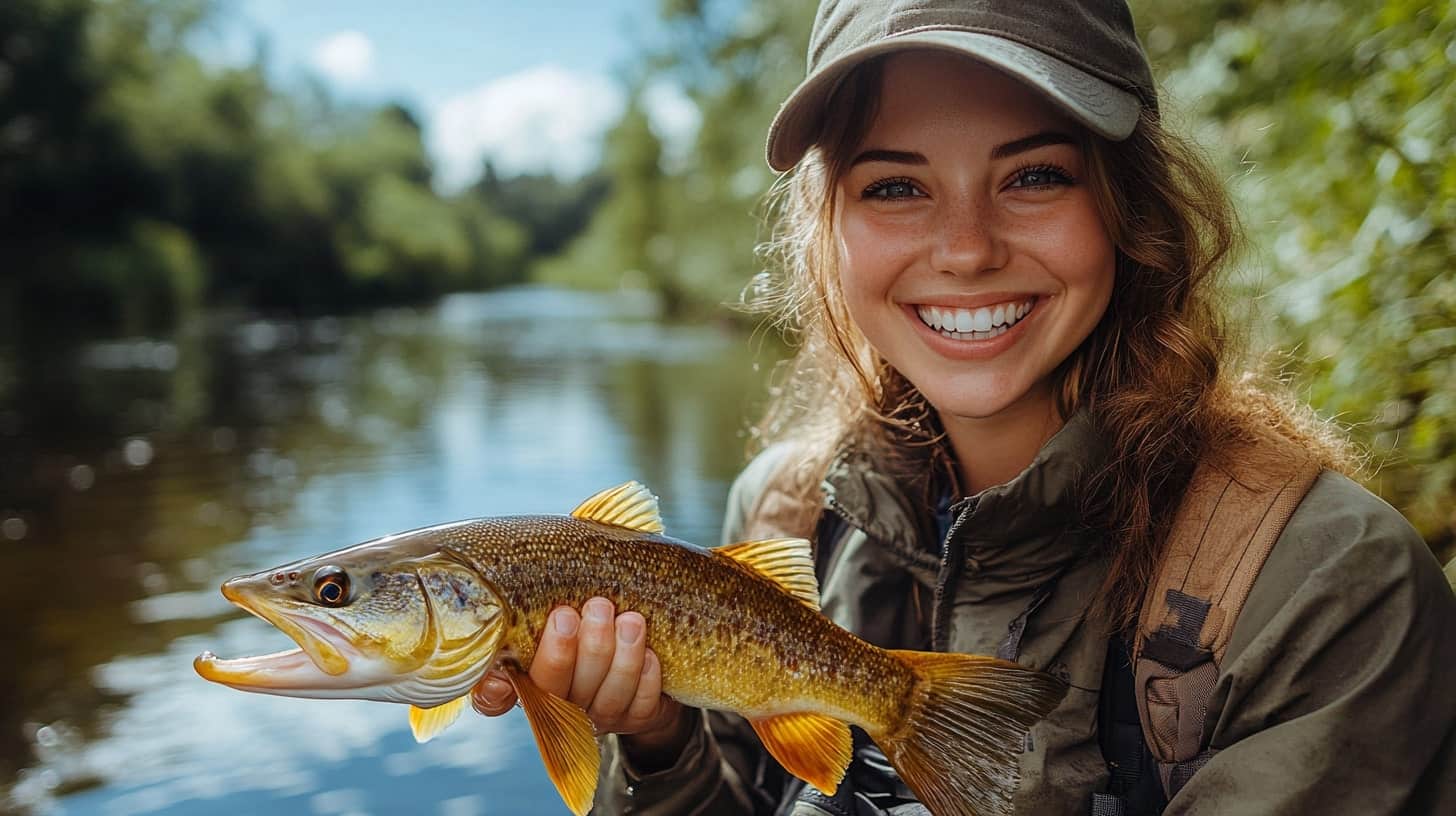Pike fishing is an exhilarating experience that combines skill, patience, and strategy. Whether you’re a beginner or a seasoned angler, understanding the habits and behaviors of this aggressive predator is crucial for success. In this comprehensive guide, we delve into the secrets of expert anglers to help you master the art of pike fishing.
Understanding the Pike: A Formidable Predator
The northern pike (Esox lucius) is a powerful freshwater predator known for its speed, sharp teeth, and ambush tactics. Found in lakes, rivers, and reservoirs across North America, Europe, and parts of Asia, this fish thrives in weedy and shallow waters, using vegetation as cover to launch surprise attacks on its prey.
Pike Behavior and Habits
- Ambush Hunters: Pike rely on stealth and sudden bursts of speed to catch their prey.
- Prefers Weedy Areas: They hide in submerged vegetation, fallen trees, and rocky structures.
- Active Year-Round: While they are more active in spring and fall, pike can be caught even in winter under the ice.
Essential Gear for Pike Fishing
Having the right equipment is essential for a successful pike fishing trip. Here’s what you need:
Rods and Reels
- Medium-Heavy to Heavy Rods: These provide the strength needed to handle large pike.
- Baitcasting or Spinning Reels: Choose reels with a strong drag system to handle powerful runs.
Fishing Line
- Braided Line (30-80 lb test): Offers superior strength and resistance against pike’s sharp teeth.
- Fluorocarbon Leader (50-100 lb test): Prevents break-offs caused by pike’s razor-sharp teeth.
Lures and Baits
- Spoons and Spinners: Great for attracting pike with their flashing and spinning action.
- Soft Plastics and Swimbaits: Mimic real prey fish and are highly effective.
- Topwater Lures: Perfect for exciting surface strikes during warm months.
- Live Bait (Minnows or Small Fish): A natural choice for enticing big pike.
Techniques for Catching Pike
1. Casting and Retrieving
A classic method for catching pike involves casting a lure near weedy cover and retrieving it in an enticing manner. Varying the retrieval speed and adding occasional jerks can trigger strikes.
2. Trolling
Trolling involves dragging a lure behind a moving boat at different speeds and depths. This method is ideal for covering large areas of water and locating active fish.
3. Deadbaiting
During colder months, pike are less active and prefer slower-moving prey. Using dead bait such as frozen fish on a quick-strike rig can be incredibly effective.
4. Fly Fishing for Pike
Fly fishing for pike has gained popularity in recent years. Large, brightly colored streamers that mimic baitfish can trigger aggressive strikes.
Best Times and Locations for Pike Fishing
Seasonal Insights
- Spring: Pike move into shallow waters for spawning; ideal for sight fishing.
- Summer: They retreat to deeper, cooler waters but remain active in early morning and late evening.
- Fall: One of the best seasons for pike fishing as they aggressively feed before winter.
- Winter: Ice fishing can be productive using tip-ups and live bait.
Top Locations to Target
- Weedy Bays and Shorelines: Ideal ambush spots.
- Drop-Offs and Deep Holes: Pike move here in hotter months.
- River Mouths and Inlets: Provide food-rich environments.
Handling and Releasing Pike Properly
Pike are strong fish that require careful handling to ensure their survival if you practice catch and release.
Safe Handling Tips:
- Use long-nose pliers to remove hooks safely.
- Support the fish horizontally rather than holding it vertically.
- Avoid touching the gills as they are delicate.
- Release the fish gently back into the water.
Conclusion
Pike fishing is a rewarding challenge for any angler. By understanding pike behavior, using the right gear, and applying effective techniques, you can significantly increase your chances of landing a trophy fish. Whether you’re casting lures in summer or ice fishing in winter, the thrill of pike fishing never fades. Now, grab your gear and head to the water—your next big catch is waiting!

